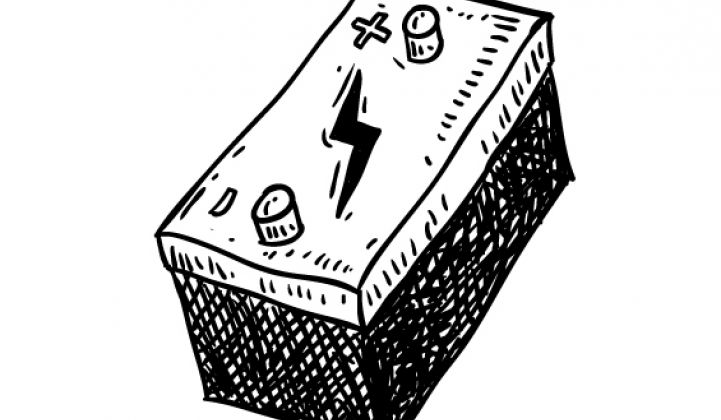As part of an effort to position itself as a leader in energy storage, New York state has announced a $2.2 million program to support nine companies developing novel battery chemistries, capacitors and components.
The funding is intended to help companies move experimental projects from the lab to commercial scale, where they can be used to reduce power needs, produce more energy-efficient vehicles and electronic devices, and maximize the productivity of renewable resources. The support is also part of a broader vision led by NYSERDA to attract and keep storage companies in the state.
All nine funding recipients are members of New York Battery and Energy Storage Technology Consortium (NY-BEST) -- an organization of more than 130 industry, academic and government partners launched in 2010 with the aim of promoting the growth of New York’s energy storage industry. In April, the consortium opened a $23 million advanced battery testing facility in Rochester to accelerate the commercialization of energy storage technologies.
NY-BEST was formed before Superstorm Sandy hit the East Coast, causing widespread electricity outages, “but much of the work done at NYSERDA has been informed by the impacts of Sandy and the need to meet Governor Cuomo's goal of creating a more resilient, reliable and affordable energy delivery system,” said Alan Wechsler, NYSERDA spokesperson.
“These nine projects are for very specific energy storage applications, but success with these projects could have greater implications for the use and growth of energy storage in general,” he added.
Here are the companies that received funding from New York:
- Combined Energies, a startup focused on commercializing novel power electronic technology for distributed generation systems, will demonstrate the combination of ultracapacitors and batteries in a single module to mitigate power fluctuations in electric vehicles.
- Eonix will develop advanced ionic liquid electrolytes that enable ultracapacitors to store up to 30 percent more energy than competing devices.
- Hollingsworth & Vose, a global manufacturer of advanced materials for filtration, battery, and industrial applications, will produce high-surface-area separators for lead acid batteries used in micro-hybrid vehicles.
- Bettergy aims to scale up its prototype for a low-cost, rechargeable, zinc-based battery that can last up to twenty years.
- DNV GL will develop a novel separator for lithium-ion batteries to reduce the risk of fire, as well as conducting research on methods for automatically extinguishing a battery fire.
- Custom Electronics will develop prototype devices for a high-voltage, graphene-based electrolytic capacitor intended to provide power conditioning for electrical equipment.
- Lionano will seek to commercialize a nano-engineered anode material for lithium-ion batteries that will improve capacity, extend battery life and reduce charging time compared to similar products.
- Raymond Corp, a world leader in electric lift trucks, will test the use of Navitas Systems’ lithium-ion batteries for increased performance in cold environments.
- Graphenix Development will continue to improve the performance of a nano structured carbon electrode for high power, high energy ultracapacitors and begin bringing the product to scale.
This latest round of support for early-stage research and development projects, in addition to the recent inauguration of the NY-BEST test and commercialization center, are two steps that show “New York state is becoming the destination of choice for energy storage manufacturing,” said Ravi Manghani, senior energy storage analyst at GTM Research.
“I was recently told by two different battery vendors that New York state is on top of their lists for establishing their manufacturing footprints,” he said. “Additionally, from the demand side, Con Edison and NYSERDA have incentive programs for distributed energy storage installations, as well as expected larger energy storage role through the Reforming the Energy Vision (REV) initiative.”



